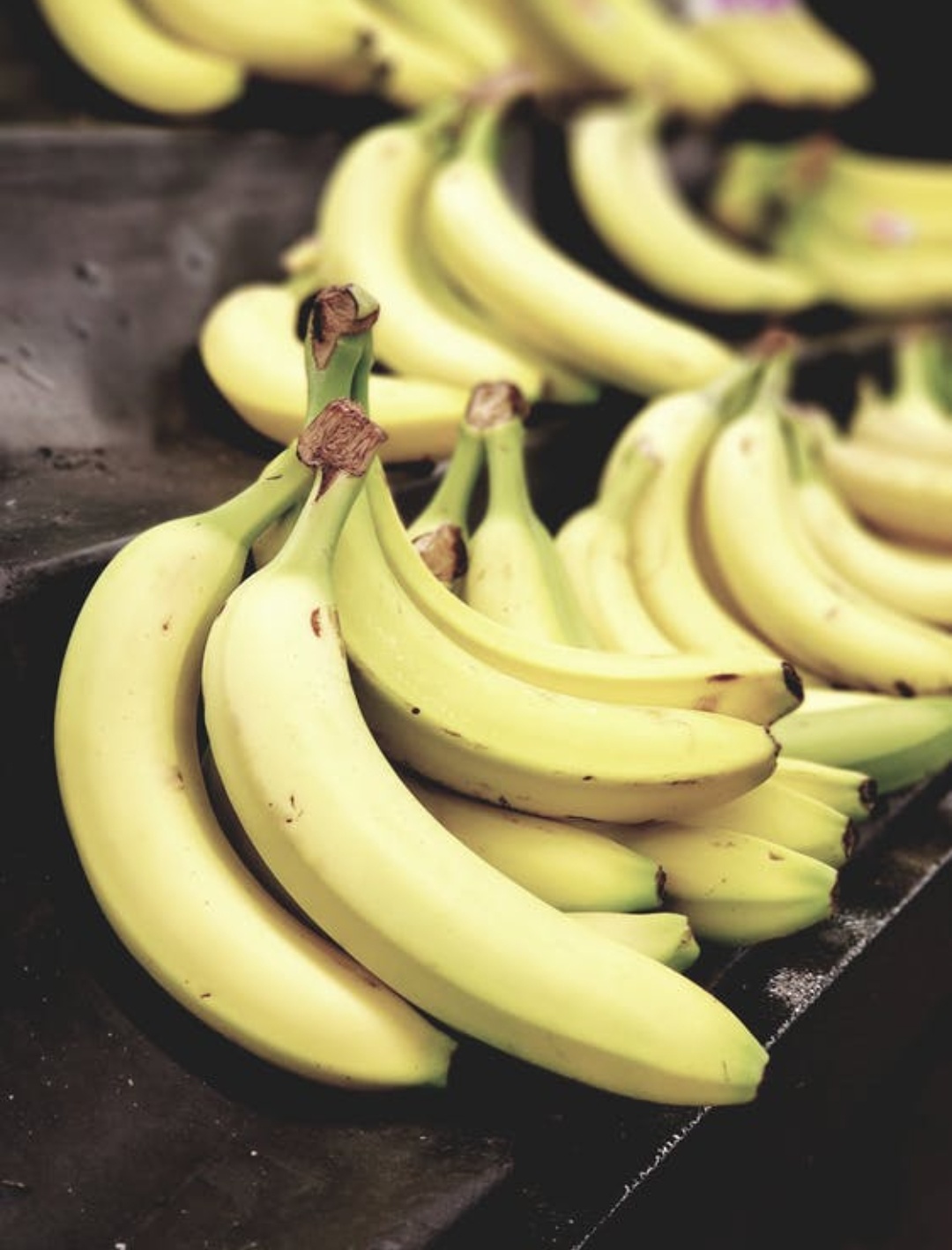MULETHI(Licorice / Yashtimadhu) - benefits, uses, chemical constituents and many more

MULETHI (Licorice / Yashtimadhu) Licorice is one of most widely used in foods, herbal medicine, and extensively researched medicinal plants of the world. Licorice roots have been used worldwide as a medicine and flavor in industry for over 4000 years. Glycyrrhiza glabra Linn. belongs to the family Leguminosae, is a genus of perennial herbs and under shrubs distributed in the subtropical and warm temperate regions of the world. Liquorice, which grows best in well-drained soils in deep valleys with full sun, is harvested in the autumn two to three years after planting. It shows Anti-oxidant, Antacid, Anti-ulcerogenic, Anti-inflammatory, Anti-Alzheimer’s, Anti-obesogenic, Anti-adipogenic, Anti-atherogenic, Anti-asthmatic, Antibacterial, Antiviral, Adaptogenic, Analgesic, Anti-arthritic, Antidepressant, Anti-stress, Antitussive, Aphrodisiac, Demulcent, Expectorant, Immuno-modulating property. Click here for more information about the Anti-oxidant and free radicals It has


